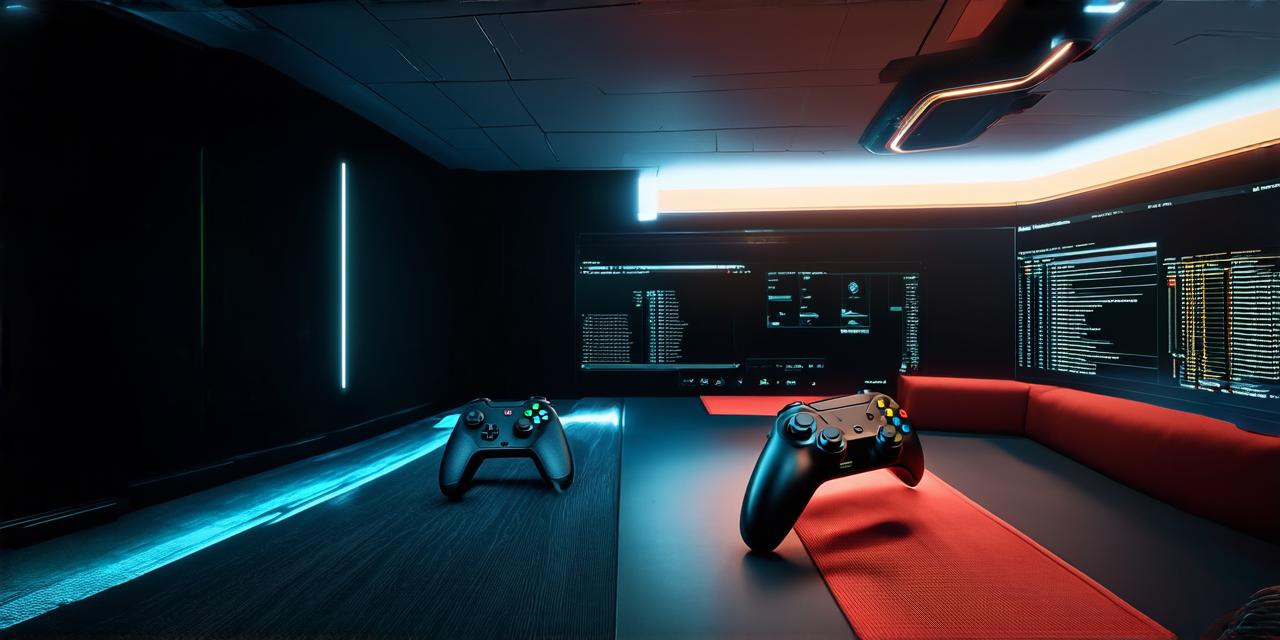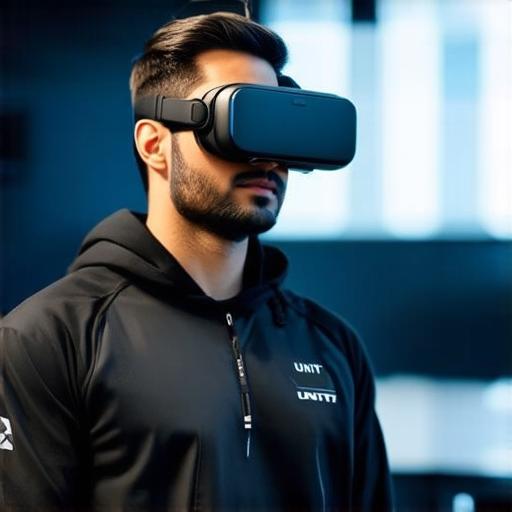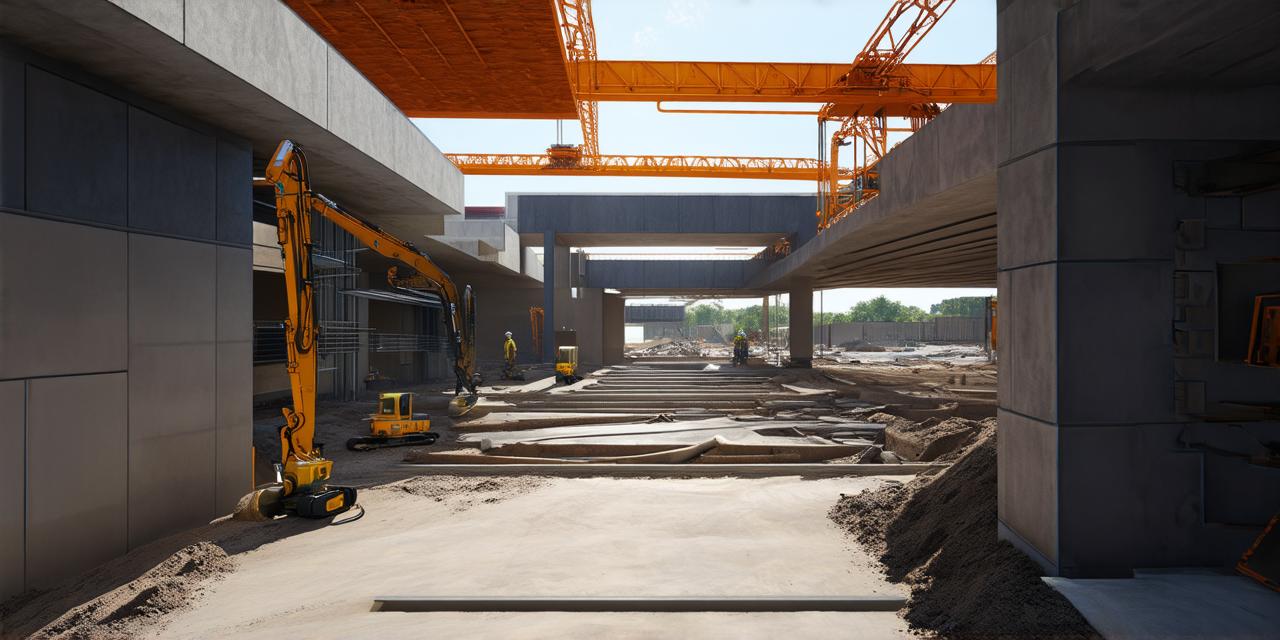
Exploring Unity VR Development: Tips and Strategies

To elevate your VR development skills with Unity, delve into these advanced topics:
Physics and Collision Detection
Mastering physics and collision detection is crucial for creating realistic interactions in VR. Utilize Unity’s built-in physics engine, NVIDIA’s PhysX SDK, or Bullet Physics library for advanced physics functionality. These libraries offer features like rigid body dynamics, soft body simulation, and cloth and fluid simulations to create lifelike experiences.
VR Scripting
Learn C scripting to create custom behaviors, interactions, and logic for your VR applications. Unity’s documentation, tutorials, and online communities provide a wealth of resources to help you get started. Additionally, consider using Visual Scripting with C in the form of visual programming tools like Playmaker or WonderBot to simplify the scripting process.
Multiplayer VR
Expand your VR creations by implementing multiplayer functionality using Photon Unity Networking, Mirror Networking, or SteamVR’s built-in networking system. This allows users to interact with each other in shared virtual spaces, fostering a sense of community and collaboration.
VR Accessibility
Ensure your VR applications are accessible to all users, including those with disabilities. Implement features like text-to-speech, closed captions, and colorblind mode to make your creations inclusive. Additionally, consider using motion controllers that cater to different abilities, such as the Oculus Quest 2’s built-in touchpad or the Rift S’s hand tracking.
VR Analytics
Track user behavior and performance metrics using analytics tools like Google Analytics, Unity’s own Analytics service, or Firebase Analytics. This data can help you optimize your applications for better engagement and retention by identifying trends, user preferences, and areas for improvement.
The Role of AI in VR
Incorporate artificial intelligence (AI) into your VR projects to create intelligent characters, dynamic environments, and adaptive gameplay. Unity’s Machine Learning Agents toolkit, ML-Agents, can help you get started with AI development. Additionally, explore machine learning libraries like TensorFlow or Microsoft Azure Machine Learning Studio for more advanced AI capabilities.
VR Localization
Reach a global audience by localizing your VR applications for different languages and regions. Use Unity’s built-in localization system, third-party solutions like LocalizeDirect, or cloud-based services like OneSky App Translations to streamline the localization process.
The Future of VR with Unity: A Collaborative Effort
As the VR landscape continues to evolve, so does Unity. By collaborating with other developers, contributing to open-source projects, and staying up-to-date on industry trends, you can help shape the future of VR development. Join online communities like the Unity Forum or the Unity Learn platform to connect with fellow developers and share knowledge.
FAQs
Q: How do I implement physics and collision detection in my VR project?
Use Unity’s built-in physics engine, NVIDIA’s PhysX SDK, or Bullet Physics library for advanced physics functionality.
Q: What resources are available for learning C scripting in Unity?
Unity’s documentation, tutorials, and online communities provide valuable resources for learning C scripting. Additionally, consider using visual programming tools like Playmaker or WonderBot to simplify the scripting process.
In Conclusion
With the right strategies, techniques, and tools, you can create immersive, high-performing VR experiences that captivate audiences worldwide. By embracing advanced topics like physics, AI, multiplayer functionality, and localization, you can push the boundaries of what’s possible in VR development with Unity.

